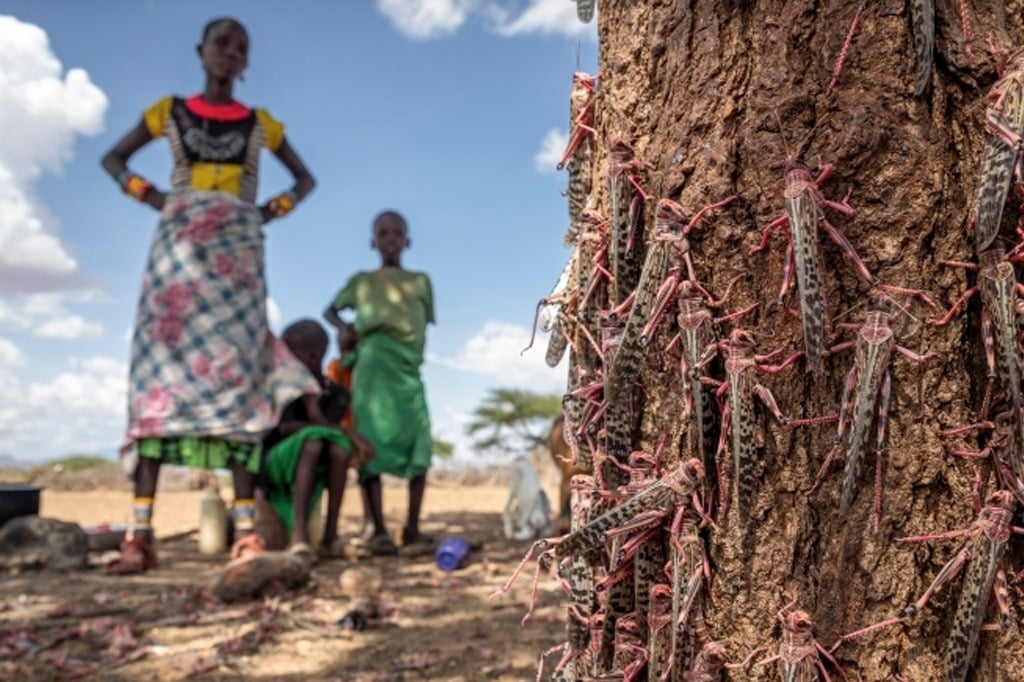The Emergency Locust Response Program (ELRP) is a US$ 500 million program to provide flexible support to countries in Africa and the Middle East if they are affected by the locust upsurge. ELRP provides policy advice, technical assistance and financial support across three focus areas recommended by the Food & Agriculture Organization of the United Nations:
1. Monitoring and controlling locust population growth and curbing the spread of swarms while mitigating the risks associated with control measures;
2. Protecting and restoring the livelihoods of locust affected households to prevent human capital and asset loss, ensure food security, and rehabilitate livelihoods
3. Preparing and building capacity to respond to future outbreaks by strengthening national and regional capacity for surveillance and control operations to facilitate early warning and early response.
ELRP projects include:
The Djibouti Locust Response Project provides US$6 million to help control swarms, boost capacity to respond to future outbreaks and provide cash transfers to affected households. Currently, the project is procuring and distributing agricultural inputs, livestock, and tools to assist locust-impacted households, including farmers and pastoralists, to protect and restore their incomes and livelihoods.
The Ethiopia Locust Response Project provides $63 million in assistance to scale up ongoing surveillance and control measures. It will also provide seed and fertilizer packages to more than 150,000 farmers to ensure planting during the upcoming cropping season. In pastoralist areas, it will provide emergency fodder to more than 113,000 households. World Bank funds have contributed to a broader effort to finance surveys to detect locusts on 3.3 million hectares of land and supported control operations on 611,294 hectares of land—or about 54% of affected areas. Procurement of additional equipment is underway for additional control operations on the ground.
Through the Kenya Locust Response Project, the Bank provides US$43 million to finance grants to an estimated 70,000 pastoral households and 20,000 farmers to rehabilitate crop and livestock production systems disrupted by the locust swarms, as well as provide income support for affected households. An additional $13.7 million will support locust surveillance efforts. To date, the project has helped mitigate the 56 swarms that have been reported in different counties, treating 35 swarms and monitoring 21 swarms to control their growth.
The Uganda Locust Response Project provides US$48 million to finance surveillance and control measures, as well as interventions to protect and rehabilitate livelihoods through temporary employment programs and other activities that boost resilience, such as water and soil conservation activities and the buildout of market infrastructure.
The Somalia Shock Responsive Safety Net for Locust Response project provides US$40 million to help affected households meet their short-term food security and consumption needs and protect their livelihoods and human capital assets through emergency cash transfers.
Read more on: THE WORLD BANK GROUP AND THE LOCUST CRISIS







